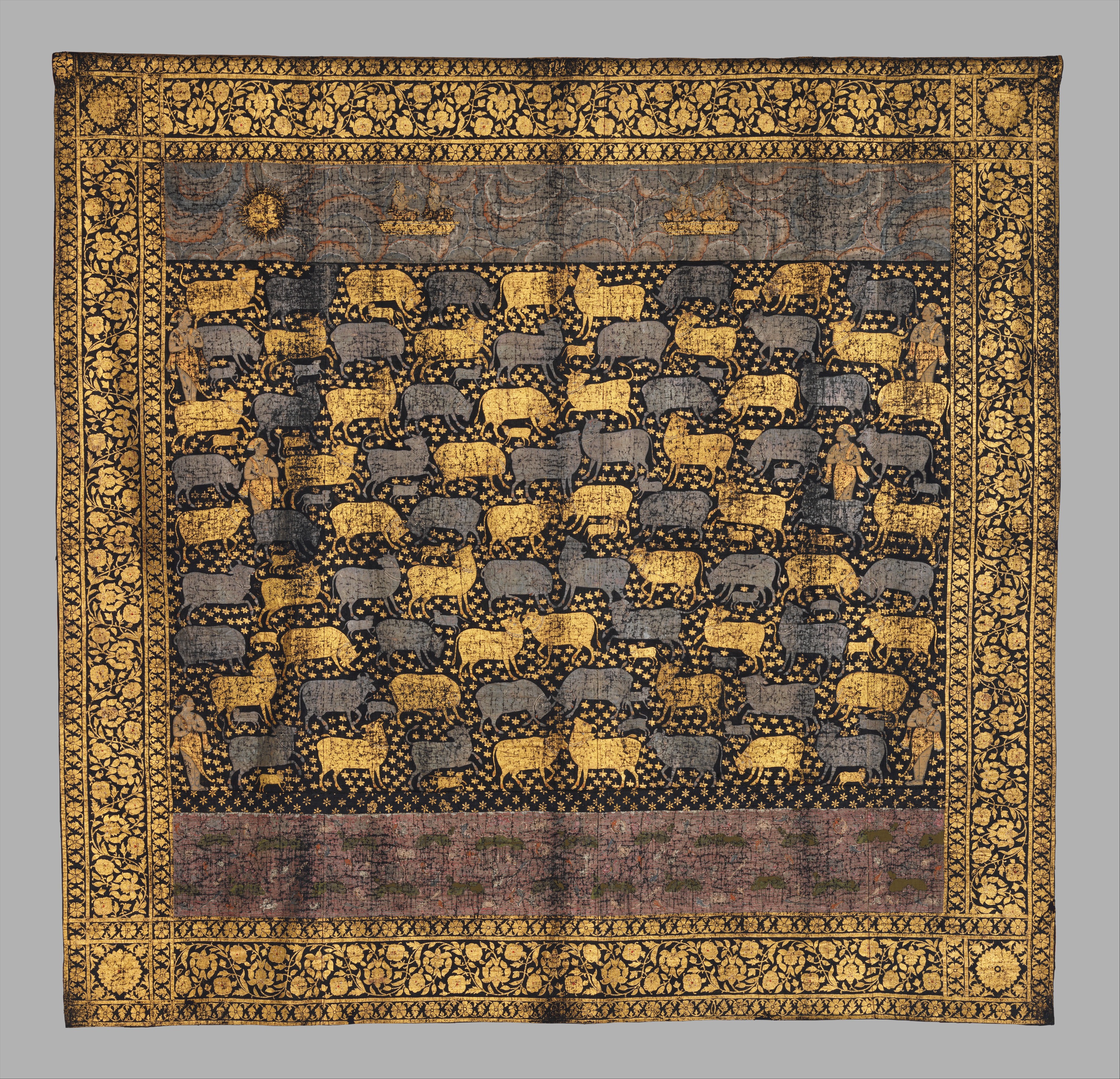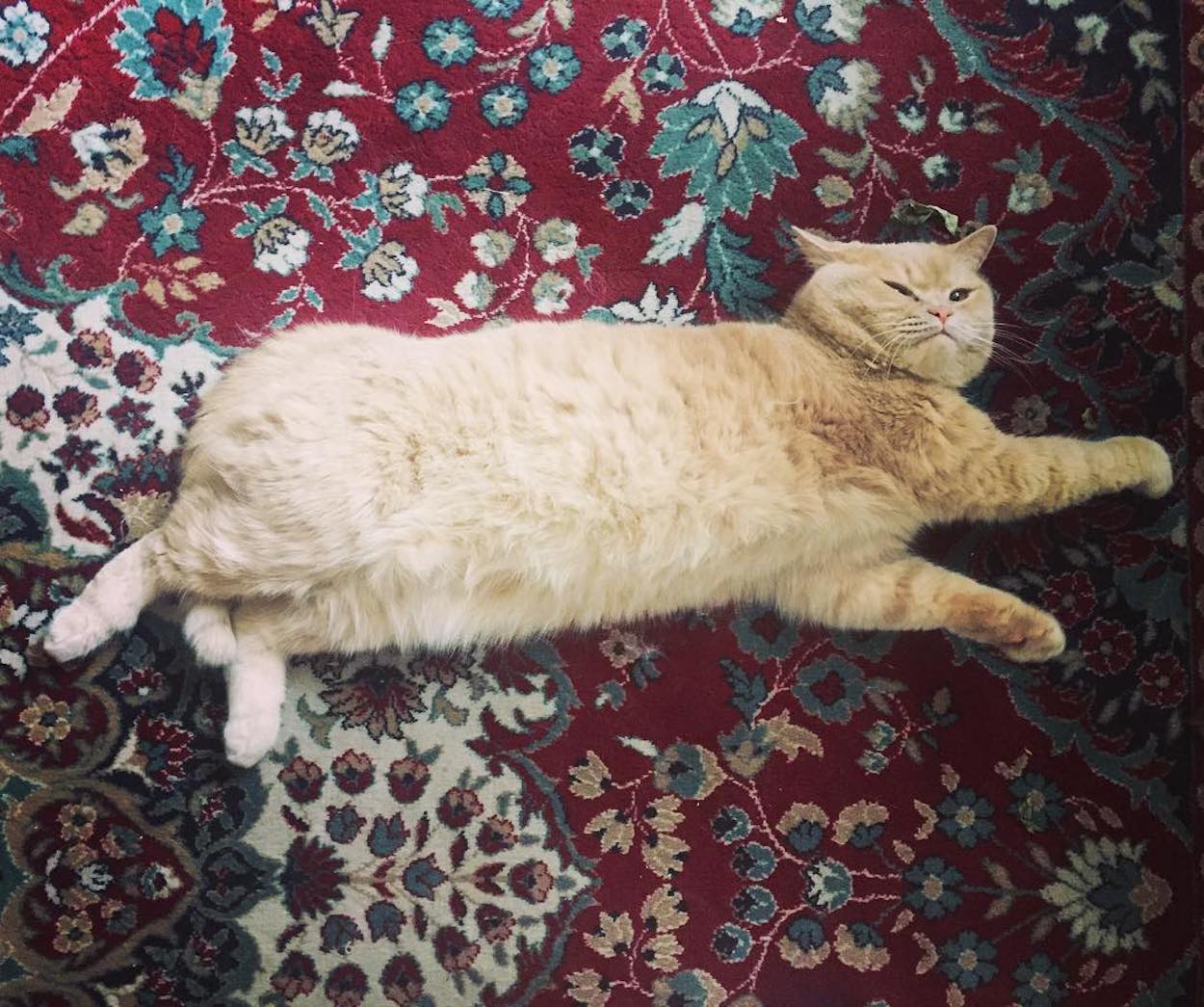Sometimes, we love to surprise you with a masterpiece that is not a painting created by van Gogh or Monet. Let's move to India!
Large painted cloths, known as pichhwais, were crafted to hang behind the main image in a temple. This particular textile was created for the Festival of Cows (Gopashtami), which takes place in late autumn to celebrate Krishna’s progression from a herder of calves to a cowherd. The piece features a variety of cows and playful calves scattered across a flower-strewn field. The indigo background and extensive use of gold and silver are characteristic of pichhwais produced for a community of Shrinathji devotees who relocated to the Deccan during this period.
Art can surprise us! It happens to all of us, regardless of whether we know anything about art or not. Even if you don’t know anything about the piece you are looking at, you are still able to do something with it. In our How to Look at Art free online course, we will give you some tips that will help you to look at art and actually see it.
P.S. India’s rich cultural heritage drew in artists from around the world. See how foreign artists depicted the beauty of India.


 Unknown Artist
Unknown Artist